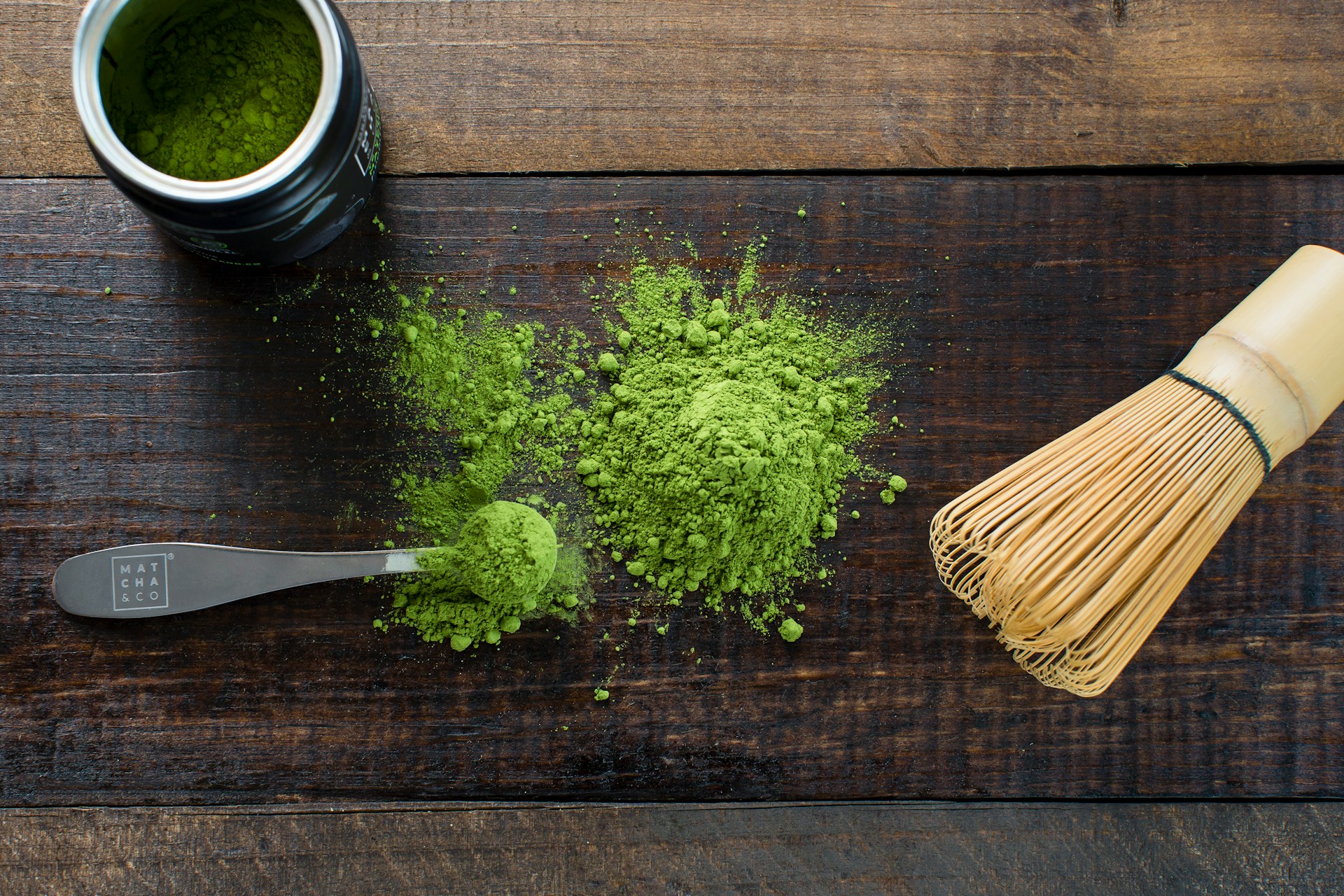
Green tea is one of the most popular beverages in the world, with a rich history rooted in both Japan and China. Despite sharing the same foundation—Camellia sinensis—Japanese and Chinese green teas have distinct differences in flavor, processing, and appearance. In this article, we’ll conduct a taste test to explore the unique qualities of green teas from these two countries, helping you understand their subtle nuances and decide which one suits your palate.
A Brief History of Green Tea in Japan and China
Green tea has ancient origins in China, where it was first cultivated over 4,000 years ago. It was initially used for medicinal purposes before becoming a cultural staple. Over time, green tea spread to Japan during the Tang Dynasty (618-907 AD) through Buddhist monks, where it was embraced and developed into its own unique varieties.
While both countries have centuries of tea-making traditions, the approaches and styles of green tea production have diverged significantly.
Key Differences in Production Methods
The main difference between Japanese and Chinese green teas lies in the way they are processed. Both countries aim to prevent oxidation of the tea leaves to retain the vibrant green color and fresh flavor, but they do so in different ways:
- Japan: Japanese green tea is primarily steamed immediately after harvesting. Steaming halts oxidation, giving the tea its characteristic grassy, vegetal flavor. The tea is then rolled and dried to lock in the flavor.
- China: Chinese green tea is usually pan-fired or roasted. This method halts oxidation in a way that produces more toasted, nutty, and floral flavors. The leaves are hand-shaped, giving Chinese teas a wider variety of shapes and textures.
Popular Varieties of Green Tea
Let’s take a closer look at some of the most popular green teas from Japan and China that we’ll be comparing in our taste test.
Japanese Green Teas:
- Sencha: The most common type of green tea in Japan, known for its fresh, grassy flavor and bright green color.
- Matcha: A powdered tea made from finely ground green tea leaves, known for its smooth, umami-rich flavor and ceremonial use.
- Gyokuro: A premium shaded tea that offers a deep, rich, and sweet flavor due to its higher chlorophyll content.
Chinese Green Teas:
- Dragon Well (Longjing): A famous green tea with a nutty, roasted flavor and flat, hand-pressed leaves.
- Biluochun: Known for its floral aroma and light, sweet flavor, with delicate, tightly rolled leaves.
- Mao Feng: A high-quality tea with a soft, sweet taste and long, twisted leaves.
The Taste Test: Japan vs. China
To explore the differences between Japanese and Chinese green teas, we brewed the three most popular varieties from each country, following the recommended brewing methods to bring out the best flavors.
- Sencha (Japan) vs. Dragon Well (China)
Sencha: This tea has a bright green color and a fresh, grassy aroma. The first sip is smooth and vegetal, with a slightly sweet aftertaste. There’s a hint of seaweed and spinach, making it a refreshing choice for green tea lovers.
Dragon Well: In contrast, Dragon Well has a more subtle aroma, with roasted chestnut and floral notes. The flavor is smooth and slightly sweet, with a warm, toasty finish that lingers on the palate. Compared to Sencha, Dragon Well feels more mellow and less vegetal. - Matcha (Japan) vs. Biluochun (China)
Matcha: Matcha’s bright green color and creamy texture are unmistakable. It delivers a bold, rich flavor with strong umami notes, coupled with a creamy, almost buttery texture. The flavor is intense, with sweet grassy undertones and a silky finish.
Biluochun: On the other hand, Biluochun is light and delicate, with floral and fruity aromas. Its taste is sweet, with hints of jasmine and apricot, offering a much lighter experience compared to the intensity of Matcha. - Gyokuro (Japan) vs. Mao Feng (China)
Gyokuro: A high-grade Japanese tea, Gyokuro has a unique sweetness, thanks to its shading process. The flavor is rich and sweet with strong umami and seaweed notes. It is fuller-bodied compared to other Japanese green teas, and the taste lingers in the mouth long after drinking.
Mao Feng: Mao Feng, by contrast, offers a more delicate sweetness. The tea has a mild floral aroma, and the flavor is soft, sweet, and slightly fruity. It’s less robust than Gyokuro, providing a more subtle drinking experience.
Conclusion: Japanese or Chinese Green Tea?
Both Japanese and Chinese green teas have their own unique qualities that make them special. If you prefer bolder, more vegetal flavors with a strong umami profile, Japanese green teas like Sencha and Gyokuro might be your favorites. For those who appreciate light, floral, and toasted notes, Chinese teas like Dragon Well and Biluochun are worth trying.
While the differences in flavor are apparent, the decision ultimately comes down to personal preference. Whether you’re sipping a bowl of creamy Matcha or enjoying the roasted notes of Dragon Well, green tea from both countries offers a delightful experience that reflects centuries of tradition and craftsmanship.



